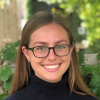Experts Discuss Time-in-Range, Provider Education, and Access to Care at 13th Annual Diabetes Forum
By Jimmy McDermottKara Miecznikowski
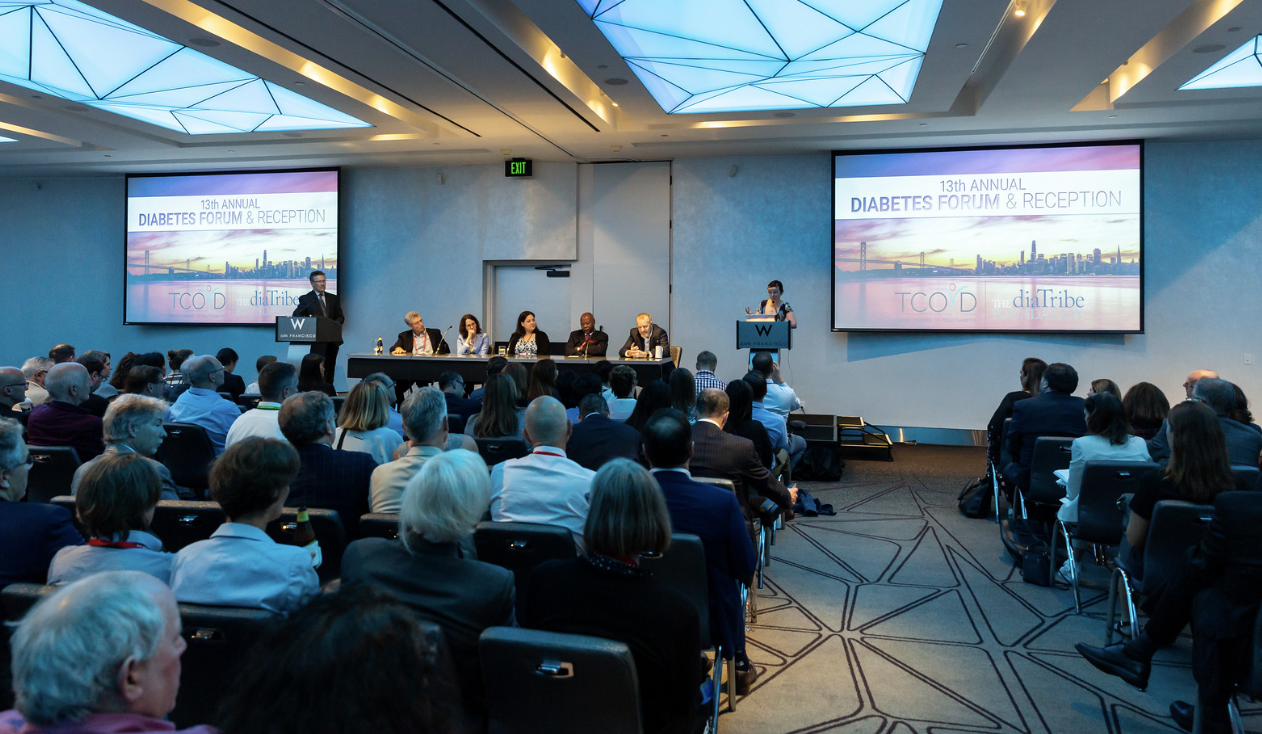 Highlights from The diaTribe Foundation and TCOYD panel discussion at ADA 2019
Highlights from The diaTribe Foundation and TCOYD panel discussion at ADA 2019
The 13th Annual Diabetes Forum, hosted by The diaTribe Foundation and Taking Control of Your Diabetes (TCOYD), gathered almost 300 healthcare providers, researchers, industry leaders, and advocates for an open discussion on updates in the diabetes field. The all-star panel of experts shared their key takeaways from the ADA 2019 and focused on the importance of time-in-range, supporting primary care providers (PCPs) in diabetes care, “food as medicine”, and more!
The panel included:
-
Dr. Roy W. Beck – JAEB Center for Health Research
-
Dr. David D’Alessio – Duke University School of Medicine, Duke Molecular Physiology Institute
-
Dr. James R. Gavin III – Healing Our Village, Emory University School of Medicine
-
Dr. Anne Peters – Keck School of Medicine of the University of Southern California (USC), USC Clinical Diabetes Program
-
Dr. Jennifer Sherr – Yale University School of Medicine
-
Moderators Kelly Close (The diaTribe Foundation and Close Concerns) and Dr. Steve Edelman (UCSD, TCOYD)
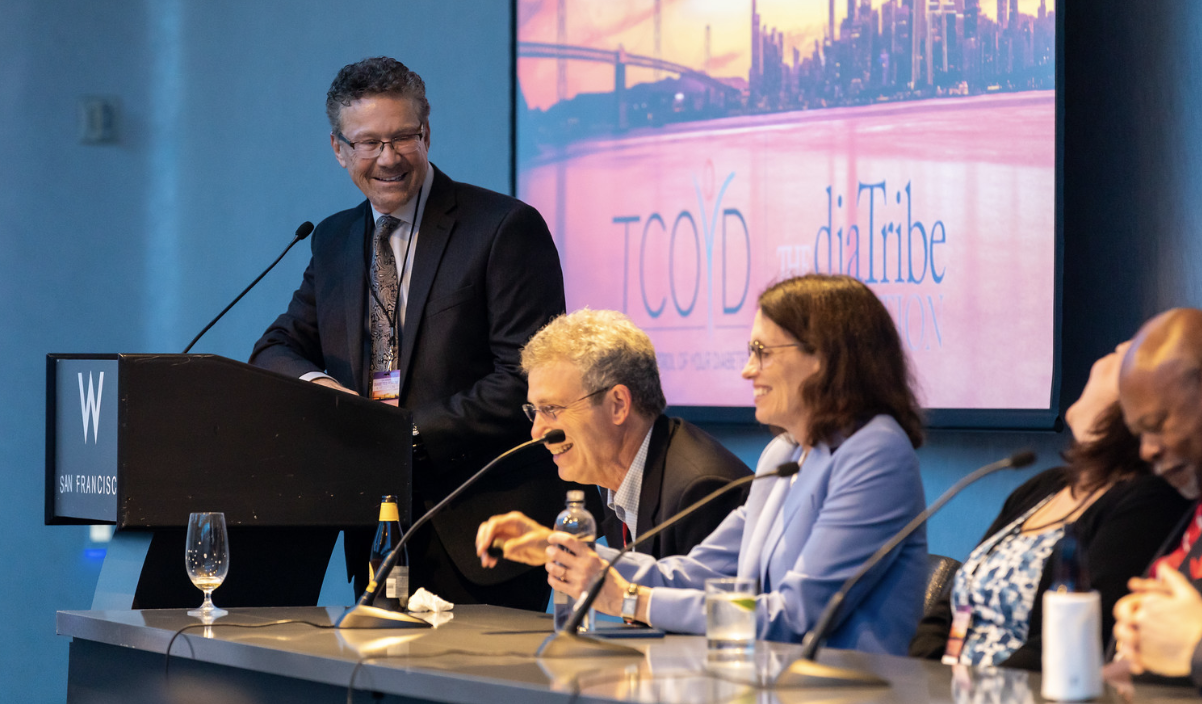
Dr. Edelman kicked off the evening by asking panelists for their key takeaways from ADA and general improvements in the field over the past year. The panelists raised several topics that they found striking during their time at ADA. These included:
-
Tandem’s Control-IQ hybrid closed loop pivotal trial results, which showed improved time-in-range and lower A1C in the first automated insulin delivery (AID) system with no fingersticks and automatic boluses;
-
The developments in continuous glucose monitors (CGM) that have increased benefits and reduced burden for people with diabetes;
-
The drug, teplizumab, which was shown to delay the onset of type 1 diabetes in children by two years;
-
Insulin pricing;
-
Diabetes drugs (like SGLT-2 inhibitors and GLP-1 agonists) that lower blood sugar and also help people with type 2 diabetes lose weight, reduce blood pressure, and protect the heart and kidneys; and
-
The potential for even more new and powerful drugs to improve diabetes management.
The conversation began with the importance of measuring time-in-range, the amount of time that a person spends between 70 mg/dl and 180 mg/dl each day. Dr. Beck highlighted the new consensus recommendation that a 5% gain in time-in-range per day - over an hour per day – is considered “meaningful.” He reiterated a key insight of the Beyond A1C movement: “managing diabetes is more real time with CGM” and allows people to better manage their diabetes “rather than taking their A1C every 3 or 6 months.” Dr. Sherr also noted the potential for remote coaching to amplify the benefits of CGM, and Dr. Gavin emphasized the importance of improving access to these new developments in underserved communities. Dr. Anne Peters pointed out that not all people want to use CGM – for some, there is too much data that can increase anxiety and fear of hypoglycemia. All panelists agreed, however, that time-in-range is an important component of diabetes management in addition to A1C.
Dr. D’Alessio and Dr. Sherr emphasized the importance of supporting primary care providers (PCPs), who are often the main point of medical contact for people with diabetes. They highlighted the importance of the healthcare providers working together – particularly connecting endocrinologists to PCPs – to spread knowledge about diabetes care.
The final portion of the discussion visited “food as medicine,” and the issue of diabetes-related liver complications such as non-alcoholic fatty liver disease (NAFLD), liver damage that occurs from excess fat in the liver. Dr. James Gavin highlighted the importance of acting on the idea of “food as medicine” in diabetes management. Even beyond the importance of what and when we eat, the concept has elevated to a global level with respect to environmental sustainability. Regarding liver complications associated with diabetes, Dr. D’Alessio estimated that 30%-40% of American males will eventually have excess liver fat and 15% of that group might eventually have NAFLD: Dr. D’Alessio called attention to the enormity of this problem, which he likened to an iceberg of which we’ve only begun to see the tip.
Quotable Quotes
Time-in-Range
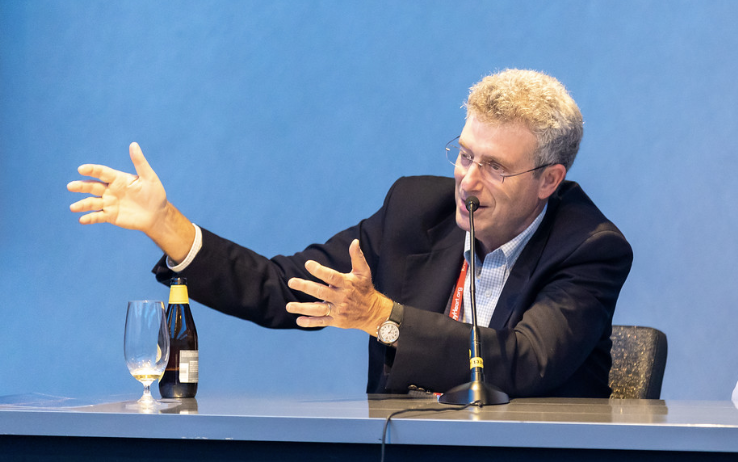 “I think why time-in-range has taken off is because it resonates with people with diabetes. With me, it’s easier to understand than mean (average) glucose is. When mean glucose changes, what does that really mean? The percentage in range gives you a goal. If you increase it 5% of the time, that is a little over an hour a day. That’s meaningful.” – Dr. Roy W. Beck
“I think why time-in-range has taken off is because it resonates with people with diabetes. With me, it’s easier to understand than mean (average) glucose is. When mean glucose changes, what does that really mean? The percentage in range gives you a goal. If you increase it 5% of the time, that is a little over an hour a day. That’s meaningful.” – Dr. Roy W. Beck
 “…There are a bazillion people out there who don’t even understand A1C. Time-in-range is an even more difficult concept. I want everyone to be able to use this fairly. I love time-in-range, but I don’t want people to feel bad because they don’t want to wear CGM.” – Dr. Anne Peters (USC Clinical Diabetes Program)
“…There are a bazillion people out there who don’t even understand A1C. Time-in-range is an even more difficult concept. I want everyone to be able to use this fairly. I love time-in-range, but I don’t want people to feel bad because they don’t want to wear CGM.” – Dr. Anne Peters (USC Clinical Diabetes Program)
Medication and Technology Advancements:
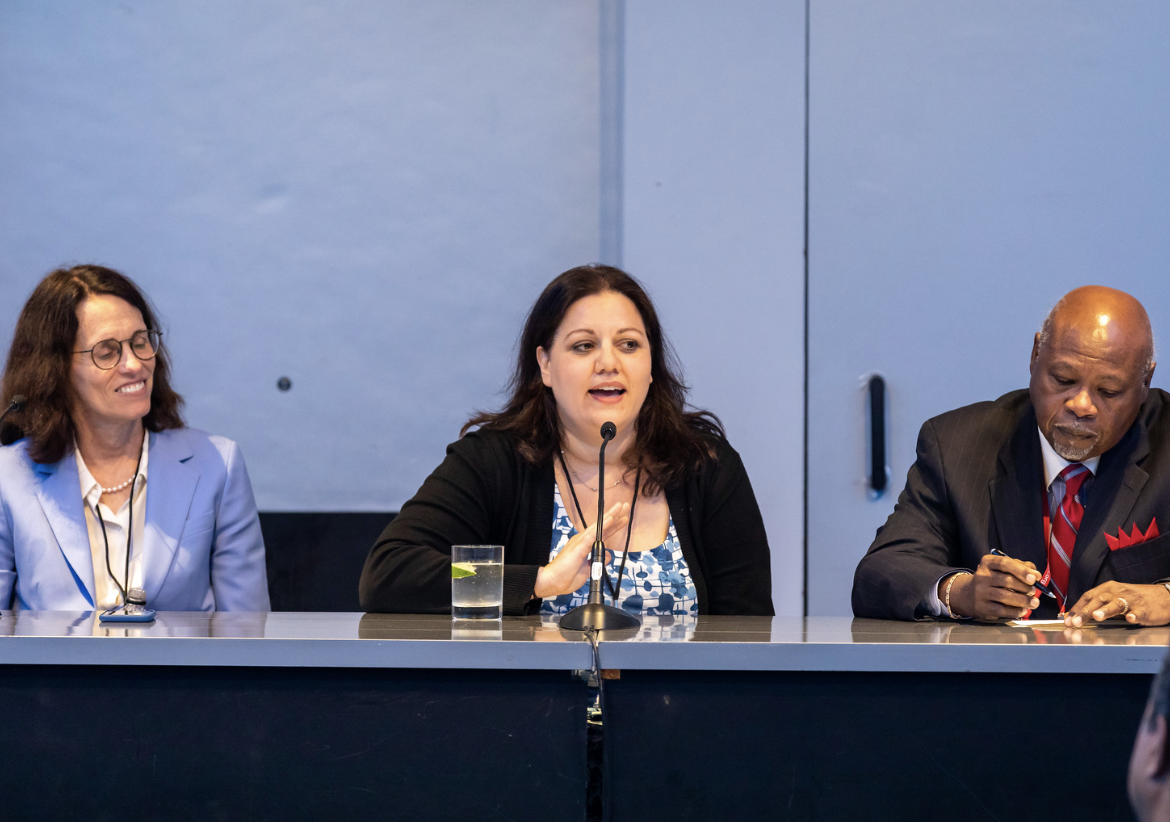 “I search ‘FDA glucagon approval’ on a daily basis hoping something comes through. We’re so close to having something people will carry with them. I’ve had diabetes for 32 years—I haven’t carried glucagon for 20 of them. Now if there is a nasal or soluble glucagon, it means that I’m safe. It means that my kids I treat are safe at school and anywhere else.” – Dr. Jennifer Sherr, on the glucagons under FDA review.
“I search ‘FDA glucagon approval’ on a daily basis hoping something comes through. We’re so close to having something people will carry with them. I’ve had diabetes for 32 years—I haven’t carried glucagon for 20 of them. Now if there is a nasal or soluble glucagon, it means that I’m safe. It means that my kids I treat are safe at school and anywhere else.” – Dr. Jennifer Sherr, on the glucagons under FDA review.
 “It’s times like these that I realize I’ve spent a lot of my career working with high risk, underserved patients. It’s important to keep in mind: how do we bring populations along that are going to be in need of these kinds of inventions and support systems that are going to be solutions? Every advance that we make sort of widens the gap in terms of what we can do. It’s a part of our thought process that we need to embed into our thinking.” – Dr. James R. Gavin III
“It’s times like these that I realize I’ve spent a lot of my career working with high risk, underserved patients. It’s important to keep in mind: how do we bring populations along that are going to be in need of these kinds of inventions and support systems that are going to be solutions? Every advance that we make sort of widens the gap in terms of what we can do. It’s a part of our thought process that we need to embed into our thinking.” – Dr. James R. Gavin III
Healthcare Provider Education:
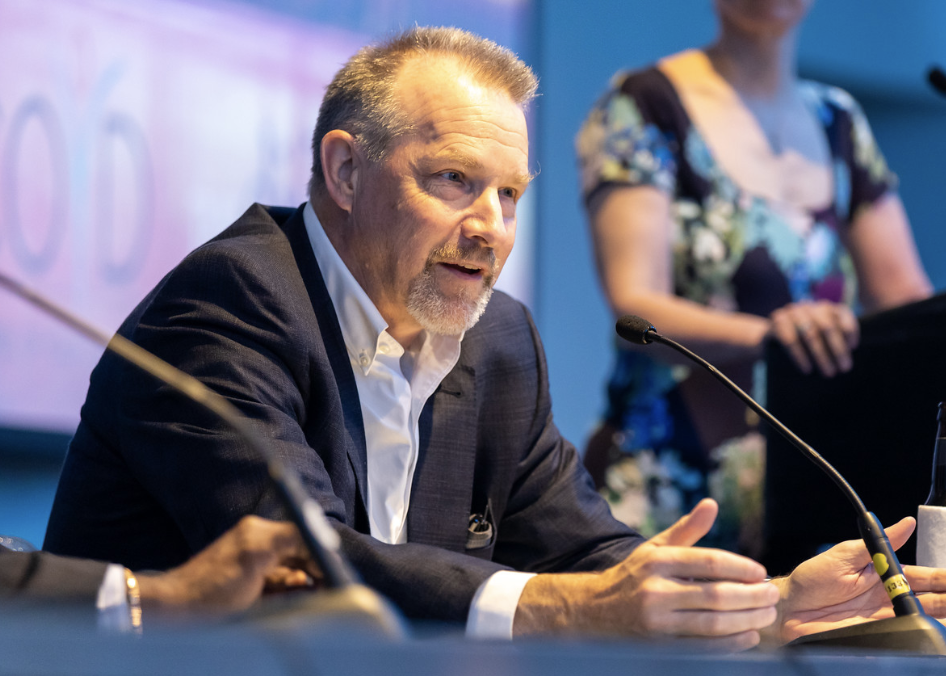 “If you ask patients what they really [want], it’s a good PCP. I feel for them. [PCPs] have to keep up with so much...there needs to be more conversations. The frontline physicians need more real time help seeing 20+ patients a day.” – Dr. David D’Alessio
“If you ask patients what they really [want], it’s a good PCP. I feel for them. [PCPs] have to keep up with so much...there needs to be more conversations. The frontline physicians need more real time help seeing 20+ patients a day.” – Dr. David D’Alessio

